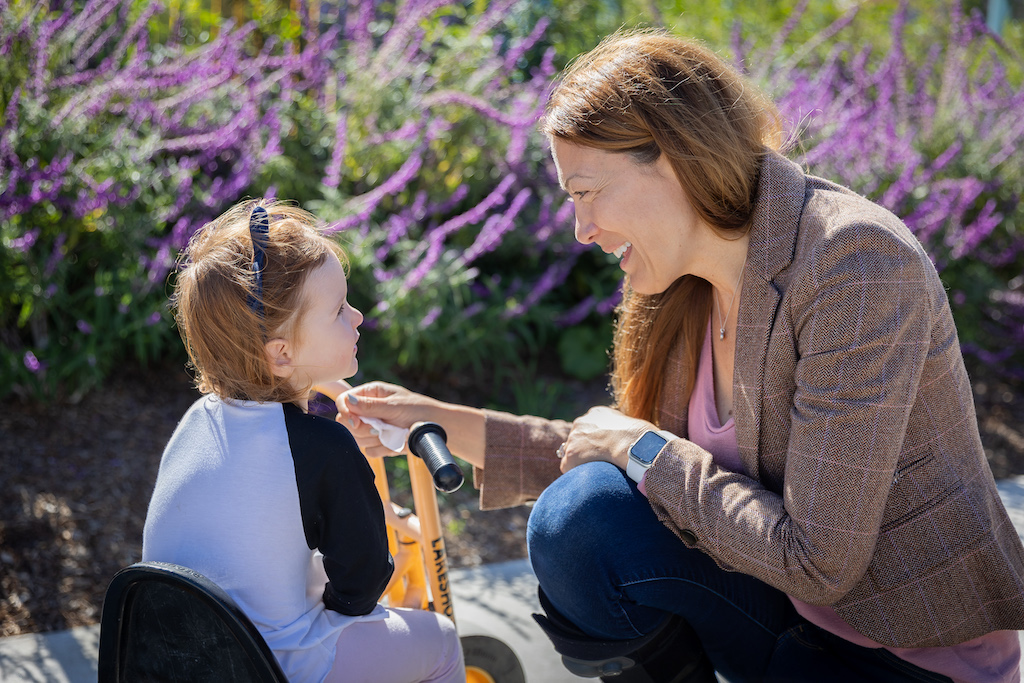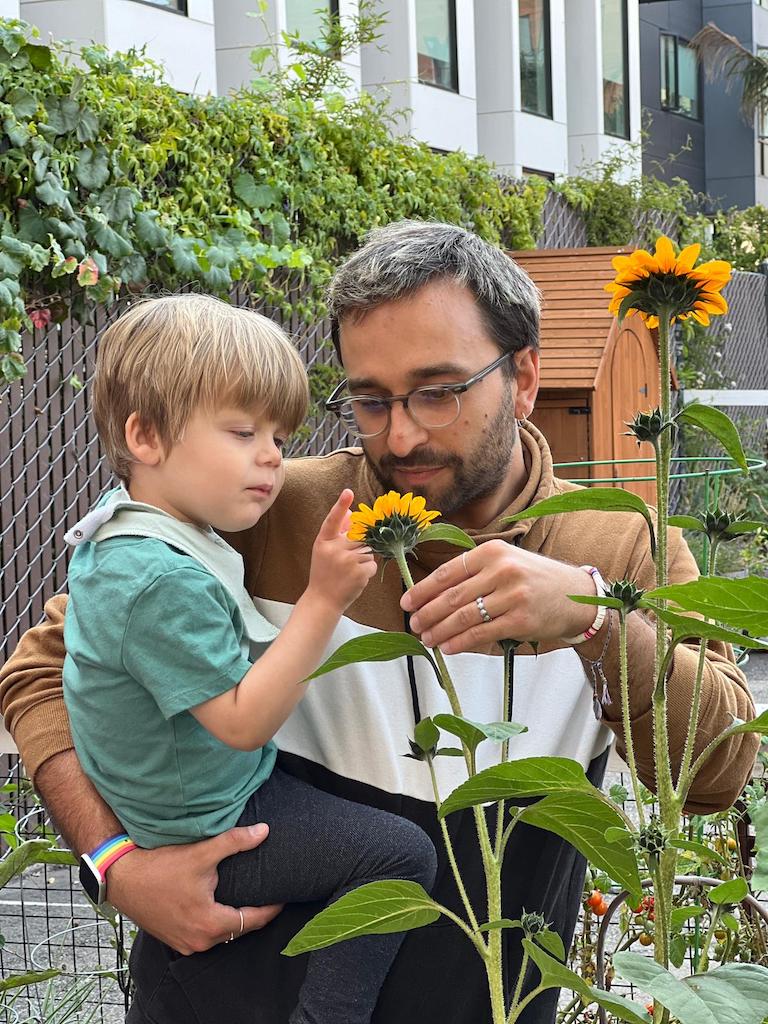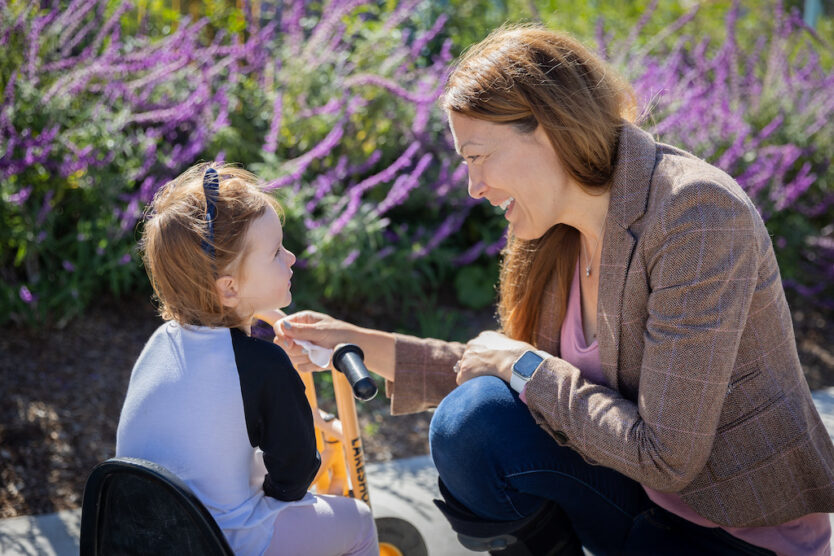
Parents want to provide the best possible foundation for our children’s future success. Social and emotional learning (SEL) is an essential component of this foundation, as it teaches children how to manage their emotions, navigate social situations, and communicate effectively. It’s no wonder that many schools have begun adopting SEL as part of their curriculum.
La Scuola International School is committed to providing a caring, safe, and supportive school environment that ensures all students have access to a quality education. We recognize that a key aspect in achieving this environment is establishing healthy relationships between all community members, and building a culture in which the well-being of everyone is the first priority.
In this blog post, we’ll explore what social emotional learning is, how it’s applied in education and curriculum, and strategies such as Responsive Classroom and Restorative Justice in Education that provide tools to build relationships, classroom and school community, and enable learning to occur at the highest level for everyone. We’ll also discuss the Foundations for SEL from the CASEL Framework, which provides a toolbox of skills for building social and emotional intelligence.

What is Social Emotional Learning?
Social and emotional learning (SEL) is defined as the process through which children develop social and emotional skills necessary to form positive relationships, handle stress, and manage their emotions. SEL is not just a set of social skills to be learned, but a lifelong process of learning and development that provides a foundation for academic and personal success.
How is SEL Applied in Education and Curriculum?
Many schools have started adopting an SEL curriculum, as research has shown that it is beneficial for academic success. Studies have found that students who receive SEL instruction show an average of 11 percentile point gains in academic achievement.
SEL is typically integrated into academic content, such as language arts and social studies. The focus is on building skills such as self-awareness, social awareness, self-management, responsible decision-making, and relationship skills. Teachers help students apply these SEL skills by discussing problems, brainstorming solutions, and practicing conflict resolution skills. The result is a more positive school culture and better academic outcomes.
Strategies of Responsive Classroom and Restorative Justice in Education
Two specific strategies that have gained popularity in the realm of SEL are the Responsive Classroom and Restorative Justice in Education approaches.
Strategies of Responsive Classroom and Restorative Justice in Education give us tools with which we build relationships, classroom and school community, and enable learning to occur at the highest level for everyone. By putting people at the center of our mission, we create a school culture based around love and respect, which addresses conflict in meaningful ways, when it undoubtedly appears in the school. By honoring the many diverse perspectives students bring into the classroom, we are bonded by our sense of empathy, we teach children how to truly listen with an open heart and mind.
We value accountability and see it as a skill that must be taught. We truly believe that mistakes are our greatest teachers, and we help students understand the importance of owning them without shame. Our community is built on a foundation of respect, responsibility, collaboration, and empathy, setting the stage for us to successfully set forth on our mission to inspire brave learners to shape the future.
Responsive Classroom
Responsive Classroom focuses on building a positive classroom culture by modeling respectful interactions and involving students in classroom decision-making. Students learn essential social and emotional skills through specific classroom routines.
Restorative Justice in Education
Restorative Justice in Education has gained popularity in recent years as a way to address harm or conflict within the school community. The process focuses on repairing relationships by promoting empathy, accountability, and restoration. When conflicts arise, the teacher or mediator helps students discuss harm, create solutions, and determine a plan to move forward.
Foundations for SEL from the CASEL Framework
The Collaborative for Academic, Social, and Emotional Learning (CASEL) has developed a Framework for Social Emotional Learning that provides five competency areas: self-awareness, self-management, social awareness, relationship skills, and personal decision-making. Each of these areas is then divided into specific skills and behaviors. Integrating these competencies into a child’s education helps them develop a more extensive toolbox for navigating the social-emotional challenges present in everyday life.

Social and emotional learning is not just a buzzword, but a crucial component of a child’s education. Through strategies like Responsive Classroom and Restorative Justice and Foundations for SEL from CASEL, we are able to provide the necessary tools to foster children’s social and emotional growth and, in turn, lead to academic success. As parents and educators, it’s our responsibility to guide children in developing these essential social emotional skills to help them navigate the complexities of everyday life with empathy, accountability, and respect.
Learn more about this relational approach to education. Here at La Scuola we prioritize trusting and loving relationships between teachers and students. This approach helps secure the child’s emotional well-being and leads to more successful learning. Feeling supported, seen, and heard are so important in creating the nurturing and empowering environment that helps children grow and flourish. There is a lot of empathy, respect, and hugs!
Share this Post

